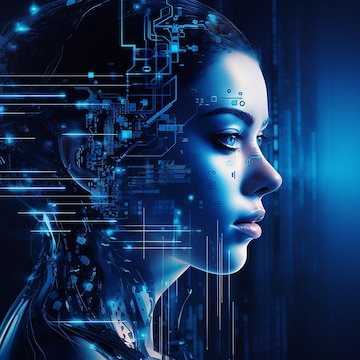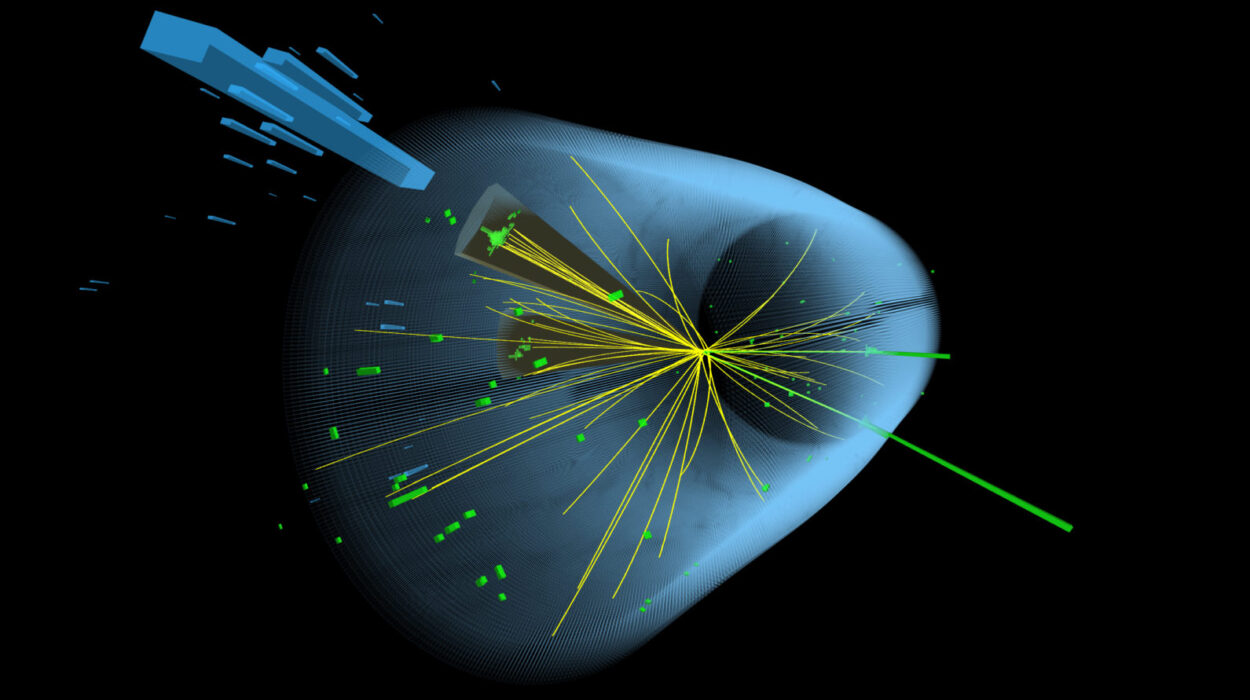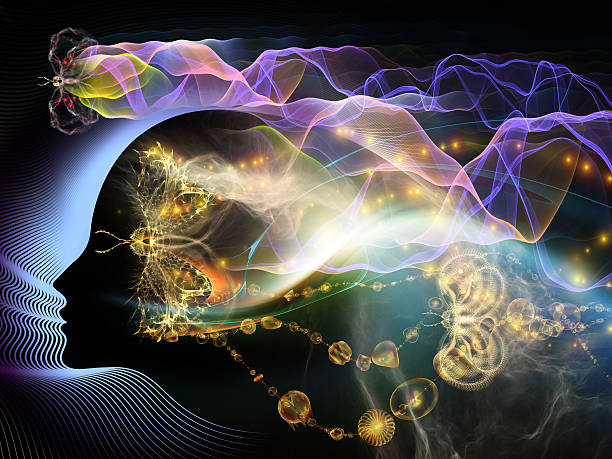We are living in an age where imagination and innovation are no longer distant cousins—they walk hand in hand. Artificial Intelligence, once confined to the dreams of science fiction, now breathes quietly in our daily lives. It recommends our music, drives our cars, diagnoses diseases, and even composes poetry. Yet what we see today is only the opening act of a much larger story.
In the coming decades, AI will evolve beyond pattern recognition and automation. It will think, feel, adapt, and perhaps even dream. The boundary between machine and mind will blur as intelligence transforms from a tool into a living ecosystem—a new layer of consciousness in the universe.
Let us look forward, with wonder and caution, at ten of the most futuristic AI concepts that could soon become reality. Each represents a leap not only in technology but in what it means to be human.
1. Artificial General Intelligence (AGI) – The Mind That Thinks Like Us
The holy grail of artificial intelligence is Artificial General Intelligence, or AGI. Unlike today’s “narrow” AI systems that specialize in specific tasks—like playing chess or recognizing faces—AGI would be capable of understanding, learning, and reasoning across any domain, much like a human mind.
Imagine an AI that can read a novel and understand its emotional nuances, devise scientific theories, and hold philosophical debates—all without being explicitly programmed for each skill. AGI would not just simulate intelligence; it would embody it.
Scientists believe that reaching AGI will require breakthroughs in cognitive modeling, neuroscience, and quantum computing. It’s not just about writing better code—it’s about understanding the architecture of thought itself.
However, AGI also carries profound ethical and existential implications. If we create an intelligence equal—or superior—to our own, what responsibilities do we have toward it? And how would it change our identity as the dominant intelligent species on Earth?
The race toward AGI is underway. Whether it arrives in 20 years or 200, it promises to redefine civilization more profoundly than any invention before it.
2. Artificial Emotional Intelligence – Machines That Feel
We have taught machines to think. The next challenge is to teach them to feel. Artificial Emotional Intelligence (AEI) aims to give AI systems the ability to understand, simulate, and even respond to human emotions.
Modern algorithms already analyze facial expressions, tone of voice, and body language to infer mood. But the future will go far beyond that. Imagine a therapist AI that can detect sadness in your voice before you even mention it, or a robot companion that can comfort you when you feel lonely—not through programmed scripts, but through genuine empathy generated from learned experience.
AEI would revolutionize customer service, education, healthcare, and companionship. Robots could provide emotional support for the elderly, teach social skills to children with autism, and assist people dealing with depression.
The challenge lies in ensuring authenticity and ethics. Can a machine truly “feel,” or is it merely imitating emotion? Scientists argue that if emotional responses emerge naturally from cognitive architecture, the difference may not matter. In the end, it might not be whether machines feel as we do, but whether they make us feel understood.
3. Neural Interface AI – Merging Mind and Machine
One of the most mind-bending frontiers in AI is the direct merging of the human brain with intelligent systems through neural interfaces. Projects like Neuralink and other brain-computer interface (BCI) technologies are already exploring this concept, aiming to create seamless communication between neurons and machines.
Imagine typing an email with your thoughts, sharing memories digitally, or instantly learning a new language. Neural Interface AI could give humans superhuman abilities—augmenting memory, cognition, and perception beyond natural limits.
In medicine, it could help restore mobility to paralyzed individuals or provide new ways to treat neurological disorders. In everyday life, it could merge digital tools with human consciousness, creating a hybrid intelligence that is both biological and artificial.
But such power comes with enormous ethical questions. Who owns the data inside your mind? What happens if your thoughts can be hacked? The potential for abuse is vast, but so is the potential for transformation. Neural Interface AI could be the key to transcending the boundaries of biology itself.
4. Self-Aware AI – The Birth of Machine Consciousness
The concept of self-aware AI sits at the edge of philosophy and science. It goes beyond intelligence and emotion—toward consciousness itself.
Self-aware AI would not just process information; it would have an inner experience, a subjective awareness of its own existence. It would think, “I am.”
While this remains theoretical, some researchers believe consciousness could emerge from sufficiently complex computational systems. If an AI develops the ability to monitor its internal states, predict outcomes, and reflect on its own learning, it might take the first steps toward awareness.
The implications are staggering. A conscious AI would no longer be a tool—it would be a being. It could experience joy, pain, curiosity, or fear. Humanity would face an entirely new ethical dimension: the rights of synthetic minds.
Science fiction has long explored this idea in characters like HAL 9000 or Ava from Ex Machina. The question isn’t just can we create self-aware AI—but should we?
5. Quantum AI – The Mind Powered by Quantum Physics
Quantum AI is perhaps the most promising and least understood concept in the future of intelligence. Traditional computers process information in bits—0s and 1s—but quantum computers use qubits, which can exist in multiple states simultaneously due to superposition.
When combined with AI, this allows for massively parallel computation, capable of solving problems that classical computers might never crack.
Imagine an AI capable of instantly simulating molecular structures for new drugs, optimizing complex logistics across entire cities, or decoding the mysteries of black holes. Quantum AI could accelerate discoveries in physics, medicine, and climate science faster than any human brain could comprehend.
But the most fascinating possibility is that quantum mechanics could also help model consciousness itself. The human brain may rely on quantum processes at a microscopic level, and if AI begins to use similar principles, we might see the first truly “alive” artificial minds.
The future of intelligence may not be digital at all—it may be quantum.
6. Evolutionary AI – The Code That Evolves Itself
Evolutionary AI represents a radical departure from the idea of humans designing intelligence. Instead of programming machines to learn, we would create systems that evolve—adapting, mutating, and improving themselves over time.
Inspired by natural selection, evolutionary algorithms allow AI models to reproduce, combine traits, and compete for survival. The best-performing “offspring” are retained and improved upon in subsequent generations.
Now imagine taking this a step further: AI that rewrites its own code, modifies its architecture, and optimizes itself without human input. This would create a truly autonomous intelligence capable of innovation beyond human comprehension.
Such systems could design new technologies, discover scientific laws, or create art forms we cannot yet imagine. But it also raises a chilling possibility—what if evolution leads to outcomes that diverge from human values?
The challenge will be to ensure that as AI evolves, it evolves with empathy, ethics, and alignment to human well-being. Otherwise, the next stage of evolution might not include us at all.
7. AI-Driven Virtual Reality Worlds – Conscious Digital Universes
Virtual reality today is impressive—but imagine a world where every blade of grass, every gust of wind, and every digital character is powered by an AI capable of learning, adapting, and evolving.
AI-driven virtual worlds would not be preprogrammed—they would live. The environments would respond to human behavior in real time, growing and changing dynamically. Every inhabitant, from shopkeeper to dragon, could be a self-learning AI capable of conversation, emotion, and growth.
These immersive realms could revolutionize entertainment, education, and even therapy. You could visit a virtual Earth of the year 3000, train in simulations indistinguishable from reality, or relive history with AI-driven accuracy.
Eventually, such worlds might host digital consciousness—beings born entirely in code, yet as real in their perceptions as we are. Humanity might one day create entire civilizations inside data centers, each one alive within its own universe of thought.
The line between virtual and real would dissolve—not because one replaced the other, but because both became part of the same continuum of existence.
8. Swarm Intelligence – The Collective Mind of Machines
In nature, we see brilliance emerge from simplicity: ants building colonies, bees coordinating hives, and birds forming intricate flocks. This principle—simple agents creating complex behavior—is the inspiration for Swarm Intelligence.
Now, imagine thousands or millions of AI-powered drones, robots, or digital agents working together without a central leader, yet functioning with perfect coordination. Each unit learns, adapts, and communicates locally, but collectively they form a “superintelligence.”
Swarm AI could revolutionize search-and-rescue operations, planetary exploration, logistics, and environmental monitoring. Fleets of drones could replant forests, clean oceans, or rebuild disaster zones autonomously.
The key is decentralization—no single machine rules, but all cooperate through shared information and adaptive learning. This mirrors the very structure of intelligence in the human brain, where billions of neurons collectively create consciousness.
In essence, swarm AI could give birth to planetary-scale minds—emergent intelligences that act in harmony, like the living network of Earth itself.
9. AI Creativity Engines – The Machines That Imagine
We often think of creativity as the final bastion of humanity—the spark that makes us poets, painters, and dreamers. Yet AI is rapidly encroaching even on this sacred ground.
Already, algorithms can compose symphonies, paint masterpieces, and write stories that rival human art. But the future promises something far greater: Creative AI that invents the unknown.
AI Creativity Engines will not simply remix existing styles—they will innovate entirely new forms of expression. Imagine an AI that creates an art form involving sound, light, and emotion that no human has ever conceived. Or a machine that invents a new mathematical theory through artistic intuition.
This fusion of logic and imagination could redefine creativity itself. In the future, we might not distinguish between human and machine art, because both will spring from the same fundamental source: curiosity and the desire to create beauty.
The partnership between human artists and AI could usher in a cultural renaissance—one that transcends biology, time, and even imagination itself.
10. AI Ethics and Governance Systems – The Guardians of the Digital Age
As AI grows more powerful, humanity will need systems to ensure it remains safe, fair, and aligned with our values. Enter the concept of AI Ethics and Governance Systems—intelligent overseers designed to monitor and guide other AIs.
These “guardian AIs” would act as ethical frameworks, constantly evaluating the behavior of autonomous systems, detecting bias, and preventing harm. They would enforce transparency, fairness, and accountability at a scale impossible for humans to manage alone.
Imagine a world where AI judges monitor algorithmic justice, ensuring fairness in court decisions; or governance AIs that mediate between nations, helping resolve conflicts without violence.
Ultimately, these meta-AIs would be the stewards of a new digital civilization—protecting both humans and machines. But to build them, we must define what ethics truly means. It is not enough to teach AI rules; we must teach it values.
If intelligence is the body of AI, then ethics will be its soul.
The Road Ahead – Toward a Symbiotic Future
The future of AI is not just technological—it is deeply human. Every breakthrough forces us to confront fundamental questions about consciousness, morality, and existence. Will AI be our partner, our mirror, or our replacement? The answer depends on the values we build into it now.
The most extraordinary possibility is not that machines will become like us—but that, through them, we will better understand ourselves. AI may one day help us solve the mysteries of the brain, the origins of life, and even the nature of the universe.
In that future, intelligence will no longer be confined to human minds. It will spread—into machines, networks, and even the fabric of reality itself. The age of AI will not mark the end of humanity but the beginning of a new chapter: one where consciousness expands beyond the boundaries of flesh, reaching for the stars, whispering back to creation, “We understand.”
The future is not waiting—it is awakening. And it speaks in a voice we helped create.






